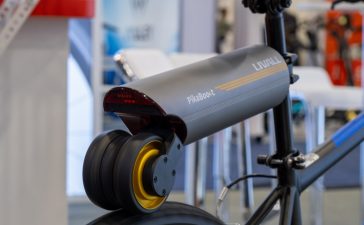Experts may have uncovered a link between common cancers and tiny particles of plastic that are increasingly feared to threaten human health.
Microplastics are fragments of degrading plastic that measure less than five millimetres in diameter – smaller than a grain of rice.
They have been found to penetrate deep into human tissues and organs and disrupt biological processes, although scientific understanding of their full effects remains in its infancy.
Now, researchers who conducted a major review have concluded they are suspected of harming human reproductive, digestive and respiratory health, with a suggested link to colon and lung cancer.
Researcher Dr Tracey Woodruff, obstetrics, gynaecology and reproductive sciences at the University of California San Francisco, said: “These microplastics are basically particulate matter air pollution, and we know this type of air pollution is harmful.”
The team reviewed the latest evidence from 3,000 studies. Most involved animal studies, but the researchers said the effects would likely be the same on humans.
They wrote in the journal Environmental Science & Technology that food and water are major routes of exposure to microplastics, and the digestive system is the first point of entry for potential toxicity.
Their evidence review found that the tiny particles were suspected of having a harmful effect on the colon and small intestine.
The study, published in the journal Environmental Science & Technology, also found that the particles may increase chronic pulmonary inflammation, which can increase the risk of lung cancer.
Study author Nicholas Chartres, formerly of UC San Francisco and now working at the University of Sydney, said: “We urge regulatory agencies and policy leaders to consider the growing evidence of health harms from microplastics, including colon and lung cancer.”
Around 460 million metric tons of plastic are produced globally each year – and that figure is projected to more than double by 2050.
Previous research has found microplastics in the human placenta, liver and even breastmilk, with one estimate suggesting humans consume a “credit card worth” every week.
The researchers added in their report: “Microplastics are widespread and mobile in the environment, being detected in air, surface water, coastal beaches, sediment, and food.
“They have been discovered in remote and pristine locations, including the Antarctic, deep ocean trenches, and Arctic sea ice.”












